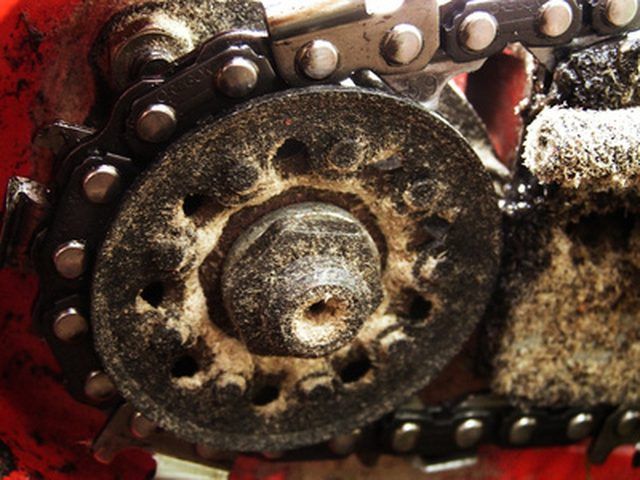Bulbs
Flower Basics
Flower Beds & Specialty Gardens
Flower Garden
Garden Furniture
Garden Gnomes
Garden Seeds
Garden Sheds
Garden Statues
Garden Tools & Supplies
Gardening Basics
Green & Organic
Groundcovers & Vines
Growing Annuals
Growing Basil
Growing Beans
Growing Berries
Growing Blueberries
Growing Cactus
Growing Corn
Growing Cotton
Growing Edibles
Growing Flowers
Growing Garlic
Growing Grapes
Growing Grass
Growing Herbs
Growing Jasmine
Growing Mint
Growing Mushrooms
Orchids
Growing Peanuts
Growing Perennials
Growing Plants
Growing Rosemary
Growing Roses
Growing Strawberries
Growing Sunflowers
Growing Thyme
Growing Tomatoes
Growing Tulips
Growing Vegetables
Herb Basics
Herb Garden
Indoor Growing
Landscaping Basics
Landscaping Patios
Landscaping Plants
Landscaping Shrubs
Landscaping Trees
Landscaping Walks & Pathways
Lawn Basics
Lawn Maintenance
Lawn Mowers
Lawn Ornaments
Lawn Planting
Lawn Tools
Outdoor Growing
Overall Landscape Planning
Pests, Weeds & Problems
Plant Basics
Rock Garden
Rose Garden
Shrubs
Soil
Specialty Gardens
Trees
Vegetable Garden
Yard Maintenance
How to Repair a Stihl Chainsaw
How to Repair a Stihl Chainsaw. Stihl saws have hundreds of parts, all operating in conjunction with each other, that can all break down and need replacing. However, most of these parts deal with only three things: spark, air compression and fuel. By isolating your problem in one of these three categories, you will be able to quickly locate the...

Stihl saws have hundreds of parts, all operating in conjunction with each other, that can all break down and need replacing. However, most of these parts deal with only three things: spark, air compression and fuel. By isolating your problem in one of these three categories, you will be able to quickly locate the problem and fix the saw.
Things You'll Need
Leather working gloves
Wrench
Screwdriver
Gasoline
Rag
Toothbrush
Allen wrench
Ignition Test
Remove the spark plug's rubber adapter and use the spark plug wrench to take out the spark plug. Check to make sure the rubber plug and wire aren't damaged in any way.
Clean the spark plug with the gas and toothbrush. Scrape off all of the deposits from the tip and gap. Wipe down with the rag.
Install the spark plug into the rubber plug. Let the wire and spark plug hang loose next to a metal spot on the engine's body.
Pull the starter cord slowly and look for a spark across the metal points. If there isn't a spark, replace the spark plug and repeat test.
Remove the spark plug wire and check the starter coil. Replace them if damaged.
Air Test
Remove the air filter cover and the air filter. Clean the air filter with gas, toothbrush and rag. Get rid of as much debris from the air filter's screen as you can. Replace if old or too dirty to clean.
Use the Allen wrench to remove the muffler's cover. Pull out the spark arresting screen from inside the muffler. Clean the screen and replace if damaged.
Pull on the starter cord to determine if your saw has compression. If the saw has compression, the engine will make a whirring and chugging noise. If there is no compression, use the screwdriver to remove the starter cover.
Make sure the pull cord is properly attached to the rewind string. Replace the cord if it is heavily frayed or damaged.
Clean inside the starter housing area with the gas, toothbrush and rag.
Fuel Test
Remove the gas cap and inspect the fuel filter; replace if clogged or dirty. Check the fuel lines for any cracks or holes; replace any damaged lines.
Clean the gas tank with the toothbrush and rag if it is dirty.
Take off the air filter cover and air filter again. Depress the throttle to open the carburetor (little swinging flap that opens when throttled). Spray starter fluid into the hole.
Remove, disassemble and clean the entire carburetor. Replace any worn parts and seals. Replace carburetor if it is heavily damaged.
Refill tank with fresh gas with a 50:1 gas-oil ratio.
Bar and Chain Repair
Remove the clutch cover, chain and bar from the saw. Inspect the bar's sprocket tip to ensure it spins freely around the bar.
Pull off the E-clip washer that attaches the flywheel to the clutch. Remove the sprocket and washer and replace if heavily worn down.
Inspect the clutch drum for heavy damage and replace if necessary.
Use clutch removal tool to remove the clutch. Inspect the clutch spring and clutch for any damage. Replace only if necessary.
Pull off the clutch assembly and inspect the oil pump for any damage. If extremely dirty or damaged. Unscrew the oil pump's mounting screws and pull off the oil pump. Disassemble and clean the oil pump if there are noticeable problems, like cracks or leaking. Replace the worm drive, drive sprocket and oil plug. Lubricate these parts before reinstalling the oil pump.
Tips & Warnings
Let a professional Stihl saw mechanic perform these tests if you are unfamiliar with how your engine works.
If these tests don't solve your problem, there is probably a problem inside the engine itself.